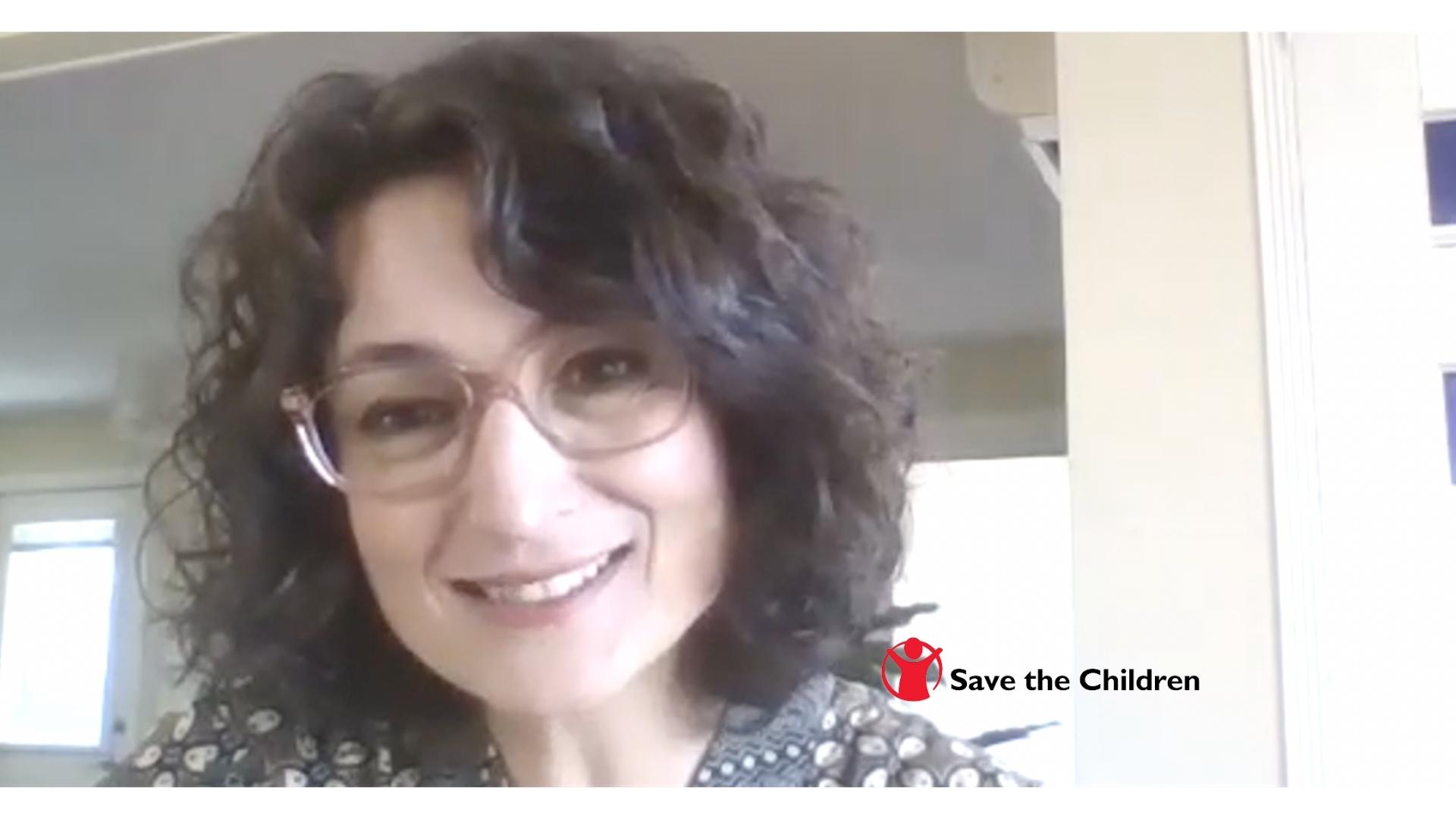In a recent interview, we spoke to Luciana Bonifacio from Save the Children about how they partner with the for-profit sector to get more donations and volunteers.
Luciana is the Vice President and Chief Development Officer at Save the Children and oversees the relationships with corporations, foundations, and major donors, including the organization’s board. In over 20 years of being with Save the Children, she gained a lot of experience when it comes to fundraising and corporate partnerships for nonprofits and was happy to share some of her insights with the Alaya community.
Watch the full interview playlist here or read the transcript below:
Watch the interview
Read the full interview
Alaya: What kind of corporate partnerships does Save the Children have?
Luciana Bonifacio: At Save the Children, we have been engaging with the corporate sector for a really long time. In fact, our longest-standing partnership is with TJ Maxx, and they are still with us over 30 years later.
So when you think about the types of partnerships we engage in, it really runs the gamut from relationships with one single way of engaging. Sometimes the focus is on employee engagement or more on traditional philanthropy. Other times it’s about engaging in the supply chain and making sure that it is good for workers and for the communities and for the company.
Sometimes it’s engaging the consumers through cause-related marketing programs, or utilizing their products to implement our work.
Alaya: How do you approach a potential partnership with a for-profit company?
Luciana Bonifacio: We approach any opportunity, trying to fully look at the needs and the opportunities or offerings that each one of us has as partners in this relationship.
Nonprofits may start by thinking about what funding they need to implement the work, but that’s just one lens of how you can engage.
You can also look at the relationship between the two organizations, our brand impact. Who supports our organization. Who is a consumer of this particular company, and where are their products sourced? And what are the conditions in their environment? So it’s really about looking at what is important for both of us, and what can we achieve by coming together?
Alaya: Right, so depending on the type of company and their mission, you can launch various different types of collaborations. In your experience, which types of partnerships are most effective and which are easiest to implement?
Luciana Bonifacio: The most effective partnerships are those that are really embedded into the core of the company and the organization. The easiest, are the ones that are transactional.
But I would say easy doesn’t mean best. A transactional relationship may be a really quick win if you will, where you can easily gain funding to underwrite a particular project or a particular sponsorship activity, but it doesn’t necessarily have a long life. It can be seen as a one-off.
So if you want the relationship to really live on for many years, and have their first engagement be just that, the first engagement which you’re going to build on, then you really need to be thinking beyond the transaction.
So that becomes much more intensive. But if you get it right now, it’s incredibly meaningful and truly embedded in what the company stands for and their own future as a business.

Alaya: As we’re recording this interview in December, a lot of organizations might be working on their annual impact reports. How can you leverage this type of content to engage corporate partners, what are they looking for in an annual impact report from nonprofits?
Luciana Bonifacio: The Annual Report is a very important tool in communicating with both existing and prospective funders. Often, when a company is considering a grant, they will request the annual report as part of your submission for consideration.
We don’t always know all the elements of the annual report that they really need to see, but there are some we do know.
They need to see the financials and sometimes they may also require that you submit your audited financial statements, but top-line financials are very important.
Then also a general sense of your impact. What is your organization doing in key areas you’re focusing on? Often they do want to know, what company they are in. Who are the other funders supporting the organization?
Getting a list of supporters gives them this idea as to you know, exactly that what company am I in by joining this organization?
In addition to that, having our board of directors listed is also important, because again, sometimes they may need to make sure there are no conflicts of interest.
Alaya: So these are some key parts of the report, how can you give it a bit more life and make it more engaging beyond the numbers?
Luciana Bonifacio: Stories are important. One thing we’re doing ourselves and I think is important for others to think about is the power of storytelling.
But what we’re changing a bit is who is telling the story.
For example, in our most recent annual report, we have the letter from our CEO, from the chair of our board, but we also had a letter from a child. And personally, I thought that was such an important way of shifting the narrative because we’re putting the child at the center and giving them the voice to speak about why it matters.
Alaya: And once you have created an engaging report, how do you distribute it for maximum visibility?
Luciana Bonifacio: It’s published on our website, of course, so some people will be looking for it proactively because they are considering us.
Keep in mind your website is a very important presentation tool. Donors don’t always tell you that they are considering you for something and they may use the website as their entry point to see what are you saying and how are you saying it. So often they will go looking for the Annual Report themselves as part of the vetting process.
In situations where we are involved in those discussions, we will of course send it once it’s published. We may specifically call out certain pages or stories that we know are relevant to each one of our potential or current partners. So while the report is one and the same, what we say when we send it out to them may vary. We may say, hey, knowing of your support for our work in health or newborn survival, you will be interested in reading the success story on page five, or whatever the number may be.
So you point out why they should pay attention to something that you as a relationship manager believe is relevant to them. So those are some of the things I would say are helpful. And definitely following an initial meeting with somebody new that you have not worked with. It’s a perfect leave-behind if in-person or follow-up email after a virtual meeting to make sure they have access to that information, easily and readily.
Alaya: Talking about new partners, what advice would you give to nonprofits seeking out corporate partnerships?
Luciana Bonifacio: Funders often want to be able to have very custom programs, a lot of communications, a lot of activities, volunteer opportunities, engagement. And those are great, however, also sometimes costly. Particularly if you’re a small organization that is trying to stretch your funding.
So my one key advice would be to make sure the expectations are aligned along the whole spectrum. So that really, in the end, it’s not so costly for the organization to service the corporate if you will. And also to make sure the partner and the nonprofit organization feel good about the relationship you’ve both entered in.
Alaya: Thank you, Luciana, for sharing your insights with the Alaya community!
Luciana Bonifacio: It’s been great sharing all of this with all of you. And if anybody wants to hear more about Save the Children or look at our annual report, you can definitely go to our website, www.savethechildren.org.
Read Save the children’s 2020 annual report here.
And if you’re looking for ways to get started and connect with corporates, join the Alaya network!
With Alaya, you have a strong ally by your side to help you get in contact with corporates and their employees willing to support your organization with fundraising or by volunteering! Just create your profile and upload Activities corporates can join!
Learn more about Alaya here!
Go back to blog >


